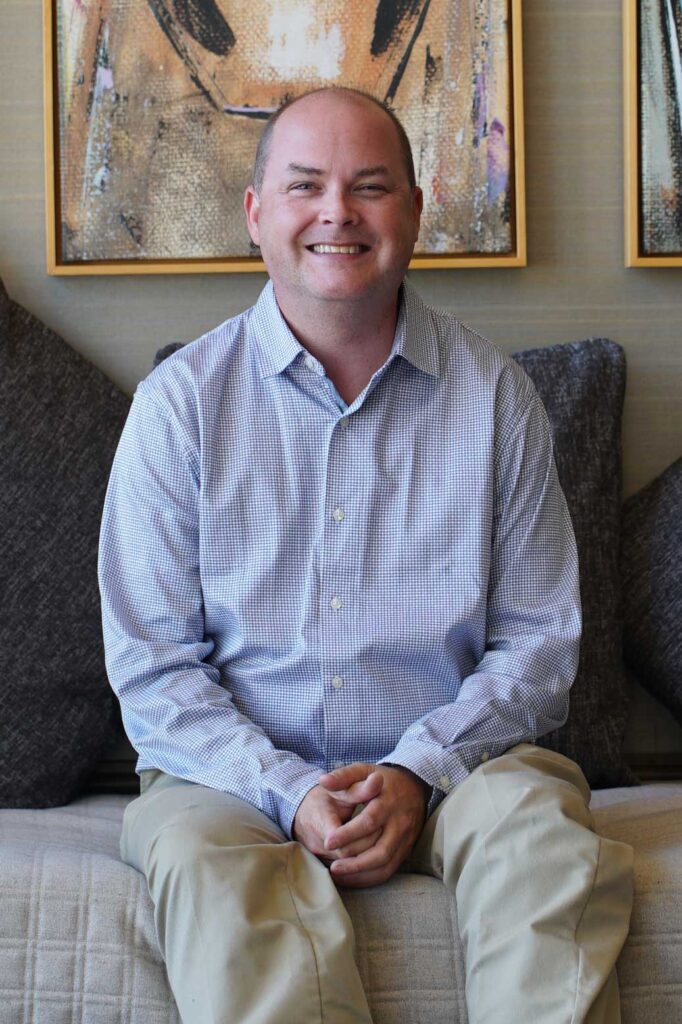One of the most common sources of friction in any agency seems to be between copywriters and proofreaders. And, by proofreaders, I’m including anyone who wields a red pen or black sharpie when a job is circulating for internal approval.
This timeless debate boils down to how strict the rules of the English language should be followed in ad communication. Copywriters want the freedom to speak in the style of their audience, while proofreaders tend to be staunch followers of the grammatical laws that have been hammered into our psyche since primary school.
The problem, of course, is that both groups are correct.
As a society, we need a series of standards and practices to ensure that our language is treated consistently and messages maintain clarity. But copywriting is a bit of an enigma, and should be viewed as the exception to content writing for newspapers, publications and other vehicles where proper grammar is essential.
If ad copy’s true purpose is to relate to a specific audience on a personal level in order to encourage a sale, it sometimes needs to truly speak that audience’s language. And many people fail to follow proper English guidelines in the comfort of their own conversations…just look at how younger demographics have streamlined their dialogue down to a series of letters and abbreviations.
This is why copywriters often tell stories in streams of consciousness, use fragmented sentences or – a cardinal sin in the eyes of many proofreaders – begin their sentences with And/But/Or. It’s all about finding that common ground.
As with everything, this debate comes down to what is best for each particular client. Copywriters can have a profound impact on the success of a brand in the eyes of its customers. But messages must always remain clear and concise to maximize an ad’s effectiveness. Simply understanding the root of this issue may help both sides reach a compromise that satisfies everyone involved. And it might even keep a little more red ink inside a proofreader’s pen.

Mobile-First Marketing: Why It’s Essential Today
Not long ago, mobile optimization was viewed as a competitive advantage—a forward-thinking enhancement for brands looking to stay ahead. Today, it’s the foundation. For most consumers, the mobile experience is the internet, shaping how they discover, engage with, and connect to brands every day.



